Resource collections
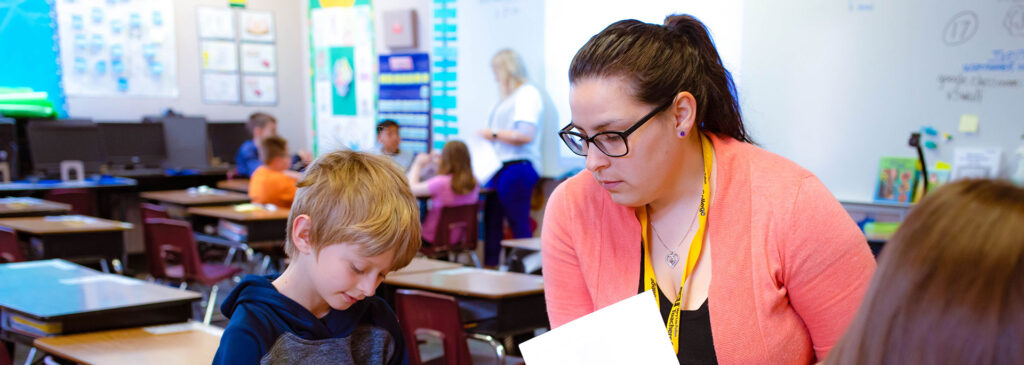
Dynamic student groupings
How do educator teams leverage dynamic student groupings, differentiate roles and responsibilities and facilitate fluid movement across flexible learning spaces? Explore snapshots of learning spaces to learn more.

Sustainable financial models
Developing a Next Education Workforce model doesn’t necessarily mean taking on a slew of new costs. Pairing new investments with strategic shifts in funding and time can ensure your school stays budget neutral.
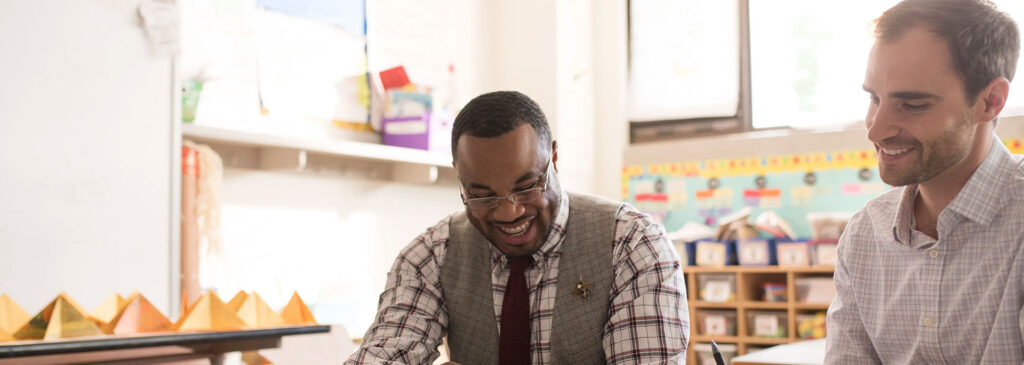
Building educator team culture
Highly effective educator teams don’t leave their team culture to chance. Trusting relationships are the foundation for the work teams do together in support of students, and they build relationships with intentionality.
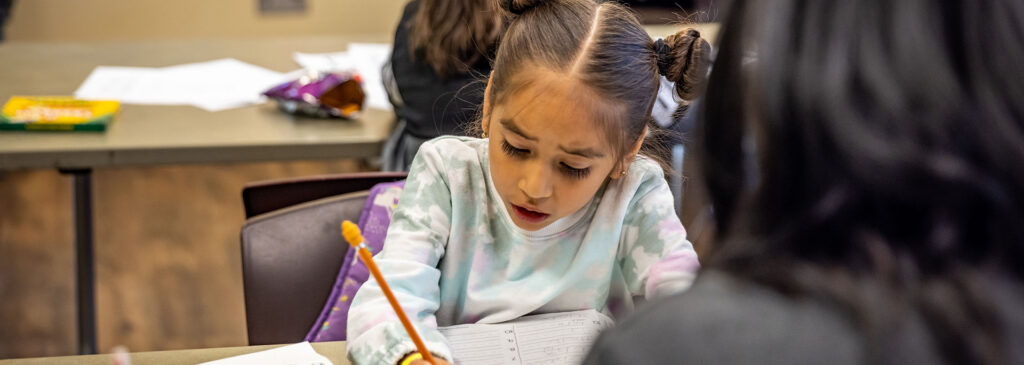
Leveraging community educators in learning
Community educators connect with learners, leveraging their knowledge and skills to complement the work of professional educators. These resources help educator teams and schools meaningfully incorporate community educators into learning environments.
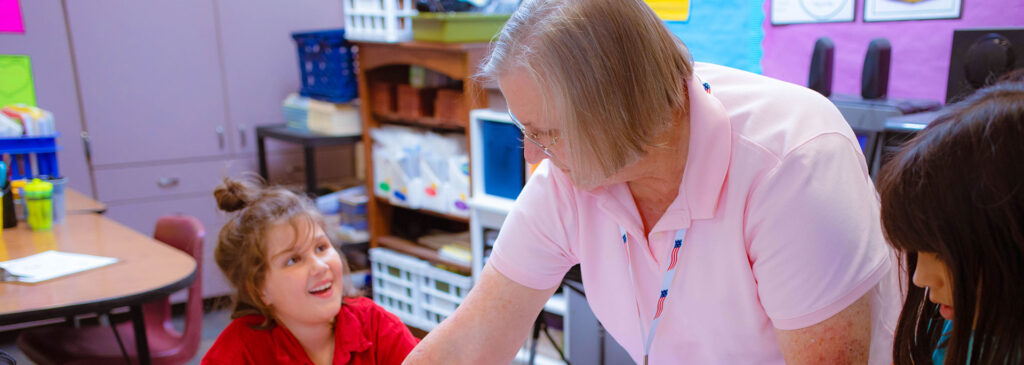
Connecting with community educators
Community educators are youth-serving professionals and volunteers. These resources are designed to support schools as they identify, connect with and incorporate community educators into educator teams.
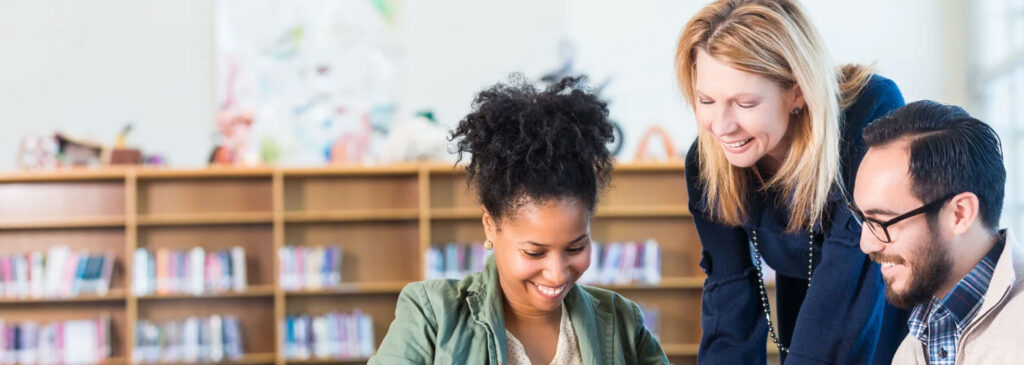
Team-based practices
Team-based practices are approaches that leverage multiple adults in order to create deeper and personalized learning opportunities for students.
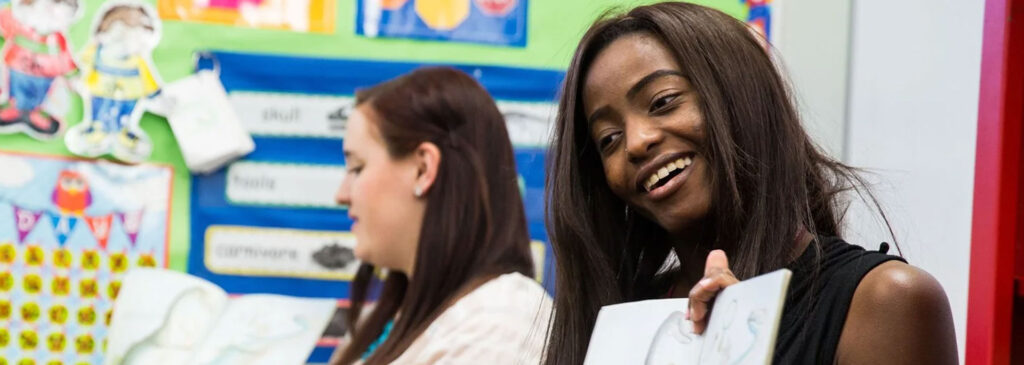
Elementary instructional blueprints
View the collection to explore how teams leverage their distributed expertise to deepen and personalize student learning.